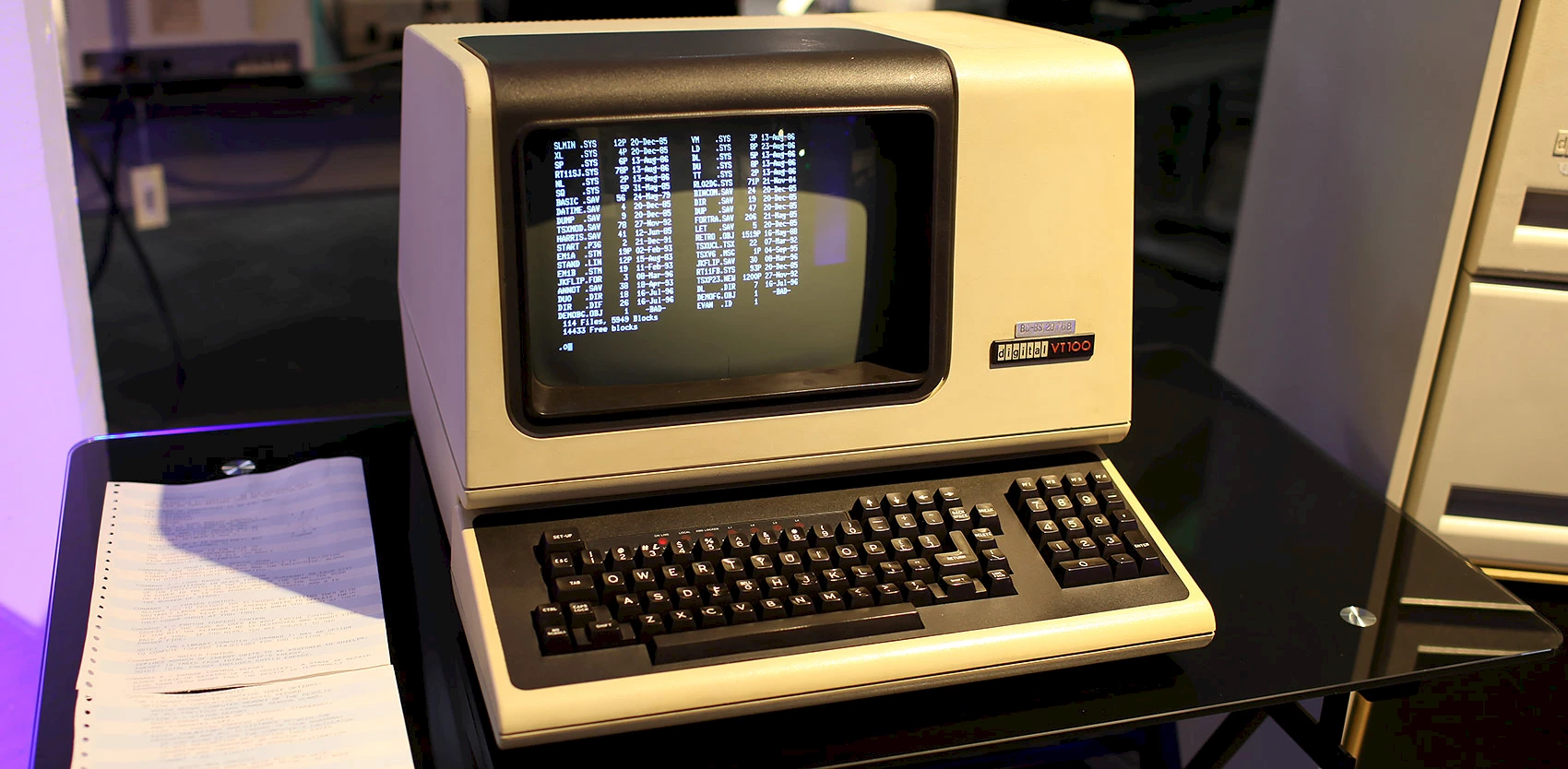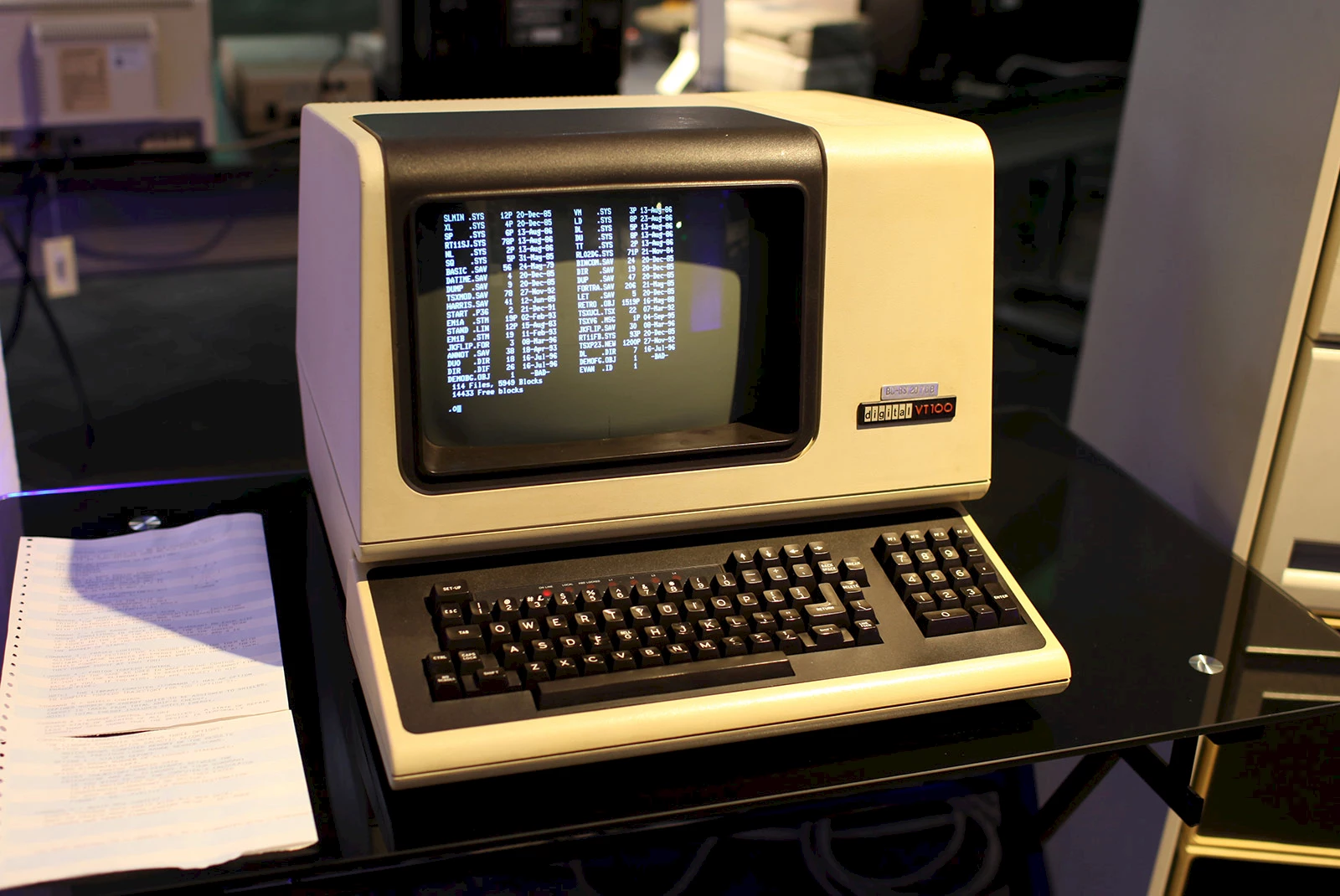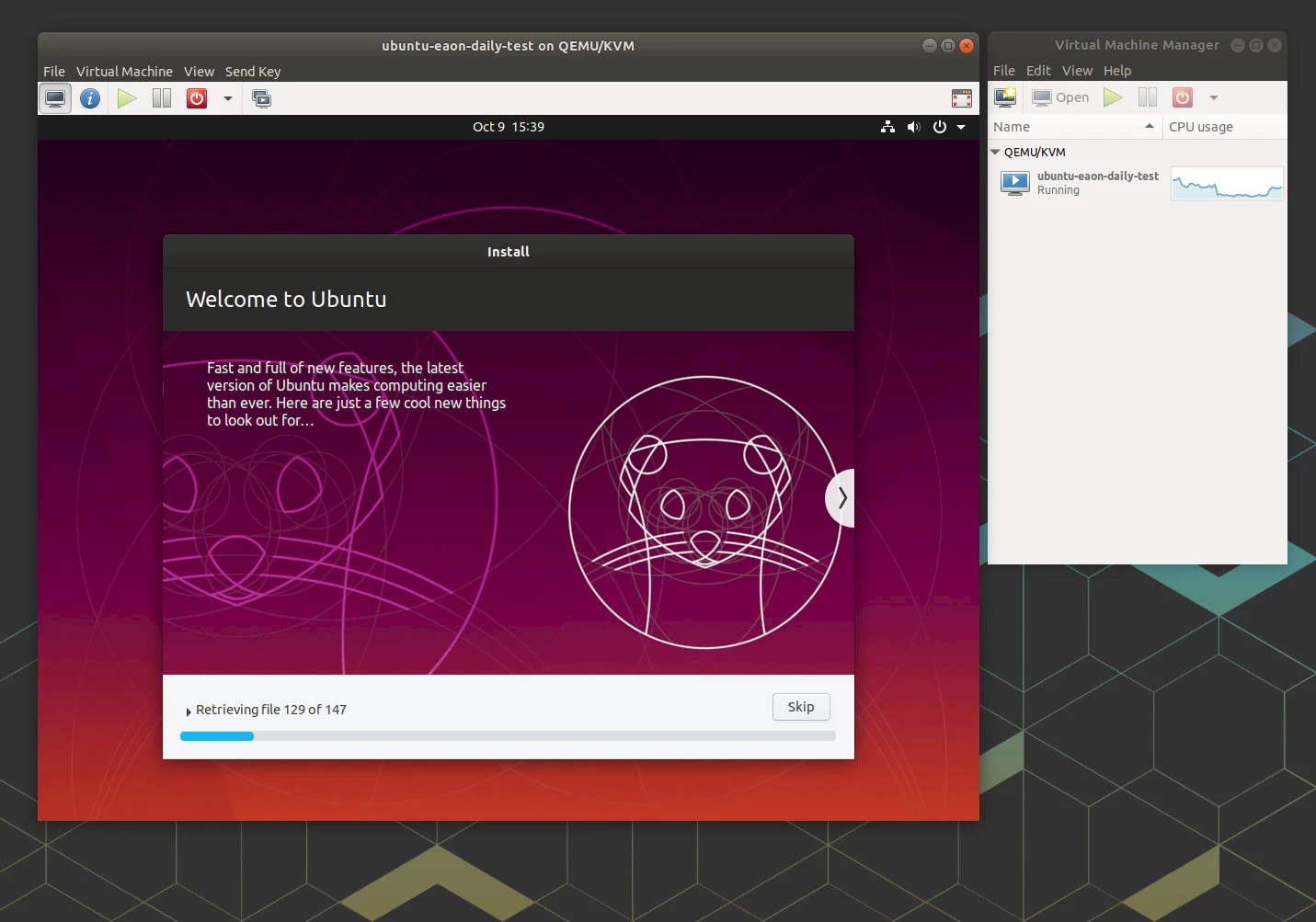Weekly Tech Recap - № 234 - Past imperfect passwords, macOS Catalina, project Gem, ZFS on Ubuntu and IVY REC

Past imperfect passwords

VT100 video display terminal, DEC, circa 1984. CC BY 2.0, Jason Scott.
BSD (Berkeley Software Distribution) is an ancient version of Unix, created 42 years ago. At the time, cyberthreats were today’s cybertreats, and security technologies were much less advanced. For example, the hashing function protecting passwords (DEScrypt), while state of the art 40 years ago, is now child’s play to crack, especially since passwords were limited to 8 characters. Even stranger, the password hashes of some BSD creators were included in publicly available source code. This is how Leah Neukirchen, a German developer, was able to crack the passwords of many of computing’s early pioneers in BSD version 3, dating from 1979.
Dennis Ritchie, co-inventor of BSD, used “dmac” (his middle name was MacAlistair). Stephen R. Bourne, creator of the eponymous Unix shell, chose “bourne”. Eric Schmidt, now the executive chairman of Google Alphabet, relied on “wendy!!!” (his wife’s name). And Stuart Feldman, author of the make Unix tool and the first Fortran 77 compiler, used “axolotl” (the name of a Mexican salamander). One password that was harder to crack (taking four days of computing on an AMD Radeon Vega64 card) was Ken Thompson’s: “p/q2-q4!” — the descriptive notation for a common chess opening.

Axolotl, Ambystoma mexicanum. WikiMedia, CC BY-SA 3.0.
⇨ Ars Technica, Dan Goodin, “Forum cracks the vintage passwords of Ken Thompson and other Unix pioneers.”
macOS 10.15 Catalina

Santa Catalina Island (California). © Apple.
The 16th version of the operating system formerly known as OS X has been released! To read up on Catalina, you can turn to the classic “Ars Technica Review” (link hereunder), which examines every last detail of the new system. Among the more interesting novelties are the Catalyst project, which facilitates application porting from the iPad to the Mac, the breakup of iTunes into several, smaller applications, the Sidecar function, which allows you to use an iPad as an external screen, and the locking down of T2 chip-enabled Macs in case they get lost or stolen. But for the average user, the most significant novelty is perhaps the end of support for 32 bit applications. This means that gamers will have to say good-bye to a good many classics, since many Aspyr-published Mac games will not be updated to 64 bits, including the iconic Call of Duty series, Bioshock Infinite, Borderlands: The Pre-Sequel, Civilization IV, Quake 4, the Star Wars series, Tomb Raider 2, etc. The same goes for Feral Interactive, including the Lego series and even BioShock 1 & 2.
To see the full list of apps you’ll have to do without if you switch to Catalina, click “About this Mac” in the Apple menu, then “System Report…”. In the left-hand column, click on “Software/Applications” to see the list of all 32 bit applications on your hard drive.
⇨ Rock Paper Shotgun, Natalie Clayton, “MacOS's 32-bit-breaking Catalina update is live, wreaking havoc on classic game collections.”
⇨ Ars Technica, Andrew Cunningham, “macOS 10.15 Catalina: The Ars Technica review.”
Project Gem

Project Gem. © Essential.
Despite the flop of its first phone, the PH–1, and massive lay-offs, Essential, founded and led by Andy Rubin, the “father of Android”, unveiled a new phone. The unmistakable Gem is an oddly-shaped device that looks like a remote control. Andy has posted several photos on his Twitter account of what seems to be functional prototypes. Little is known about the phones, except that they come in four different eye-catching, metallic colours. Apparently, it runs an Android fork and would not have access to Google Play Services (but would use the open source microG solution). Can this new, radically-different phone save Essential? Experts are unanimously doubtful.
⇨ Ars Technica, Ron Amadeo, “Essential’s new smartphone has the aspect ratio of a TV remote.”
“Experimental” ZFS with Eoan Ermine

Eoan Ermine installation.
Ubuntu’s next version (19.10, “Eoan Ermine”) will support ZFS in its installer, making it the first Linux distribution to offer native support for this first-class file system. But support will be “experimental” at first – i.e. do not install on production systems! The ZFS system provides many advantages, like the ability to take snapshots of your system to easily and quickly revert back to a previous state (for example, after a botched system update), the ability to manage multiple disks in a RAID-like system, data integrity verification, data corruption protection and auto-repair, support for very large storage capacities, good performance, replication, etc. If you’re interested in playing with the new ZFS implementation in Ubuntu, read Jim Salter’s very interesting article in Ars Technica.
⇨ Ubuntu Blog, “didrocks”, “Enhancing our ZFS support on Ubuntu 19.10 – an introduction.”
⇨ Ars Technica, Jim Salter, “A detailed look at Ubuntu’s new experimental ZFS installer.”
Canon IVY REC

Canon IVY REC. © Canon U.S.A., Inc.
Following a successful Indiegogo campaign, Canon USA is officially launching the IVY REC, a clippable, display-less camera, designed for outdoors enthusiasts looking for an alternative to fragile, bulky phones to immortalize their adventures. Under the hood, you get a 13-megapixel 1/3-inch CMOS sensor that can record 4160x3120 pixel photos or 1080/60 fps videos. Since it has no display, you’ll have to use the clip as a viewfinder, but you can connect it to your phone via Bluetooth or WiFi for extra insurance. The Ivy Rec is shockproof and waterproof up to depths of 2 m. The camera is available in Riptide blue, Avocado green and Dragon Fruit pink. It is expected to ship in October. Now available for pre-order for USD130 (CAD170).
⇨ The Verge, Cameron Faulkner, “Canon’s small, clippable Ivy Rec camera will be available on October 16th.”
